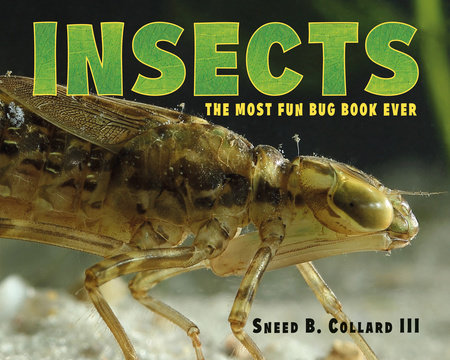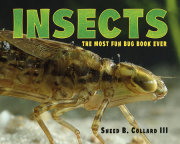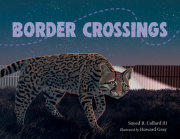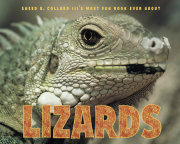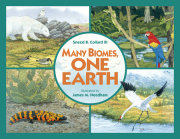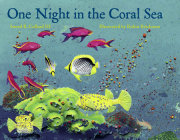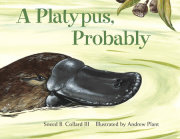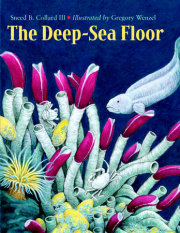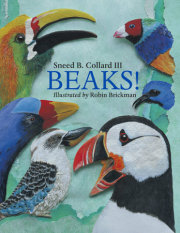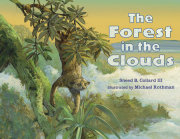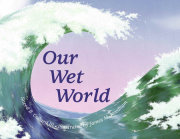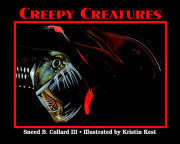Insects are cool, and they should rule the world. At least that’s what this book aims to have readers believing by the end. Almost a million species have been identified—a number that barely scratches the surface. The text gives a general overview of various topics, including body structure, life cycle, eating habits, and contributions to the environment. It also highlights perennial favorites, such as beetles. Collard clearly loves insects, and his enthusiasm carries the work. Readers will appreciate the conversational tone and humorous descriptions. The photographs are gorgeous, such as the full-page, up-close image of the creepy tiger swallowtail butterfly caterpillar. Aside from websites of conservation groups that protect the habitats of insects, the back matter doesn’t list resources or recommendations for further reading. As the text states, it’s up to students to ask a librarian for help, search online, or simply go outside and observe insects. However, it probably wouldn’t have hurt to have double-checked the title’s own sources; for example, some educators might take issue with a segment of text that reports that a butterfly comes out of a cocoon rather than a chrysalis. VERDICT For kids who love creepy-crawlies, but not a first choice for research projects.
—School Library Journal
The straight, more or less, "poop" on dung beetles, dragonflies ("fighter jets of the insect world"), and the rest of our six-legged overlords.
Aside from making debatable claims that insects are "the dominant life-form on Earth today" and "the true rulers of our planet," Collard delivers airy but persuasive evidence that beetles are "da bomb!"—and likewise all their teeming relatives. After noting that insect species alone outnumber comic-book superheroes (for instance) by approximately 1,000 to one, he offers a history of this ancient clan, overviews of insect body parts, diet, reproductive practices, mimicry, and other general features, as well as ups and downs in our complex relationship with them. Examples, nearly all alive and in natural settings, pose in photogenic splendor in the sheaves of bright color close-ups, all but a handful by the author himself. And if Collard declines to supply leads to further information ("You are all smart. You know how to go to the library"), he does close with notes on scientific nomenclature plus a list of rain-forest conservation groups.
A lighthearted invitation to join the insect-appreciation club: "Righteous exoskeleton, dude!"
—Kirkus Reviews
Leading off with the astonishing success of insect species, which far outnumber other animals groups on earth, Collard shows the data and explains the factors that have made insects so predominant. After discussing their body structures, communication, reproduction, life cycles, and defenses, he takes a closer look at social insects and at beetles, the largest group of insect species. Sidebars cover such topics as how insects breathe, and the closing pages consider the impact of insects on people, agriculture, and ecosystems as well as how kids can help them. Covering a good deal of material, the text often brings in specific examples and amazing factoids related to the general principles. Collard’s disarming use of tongue-in-cheek humor keeps the tone light and engaging. Appearing on nearly every page, the clear, color photos are well chosen to illustrate elements in the text. Readers who enjoyed Sneed B. Collard III’s Most Fun Book Ever about Lizards (2012) will appreciate this informative, kid-friendly introduction to insects.
—Booklist

